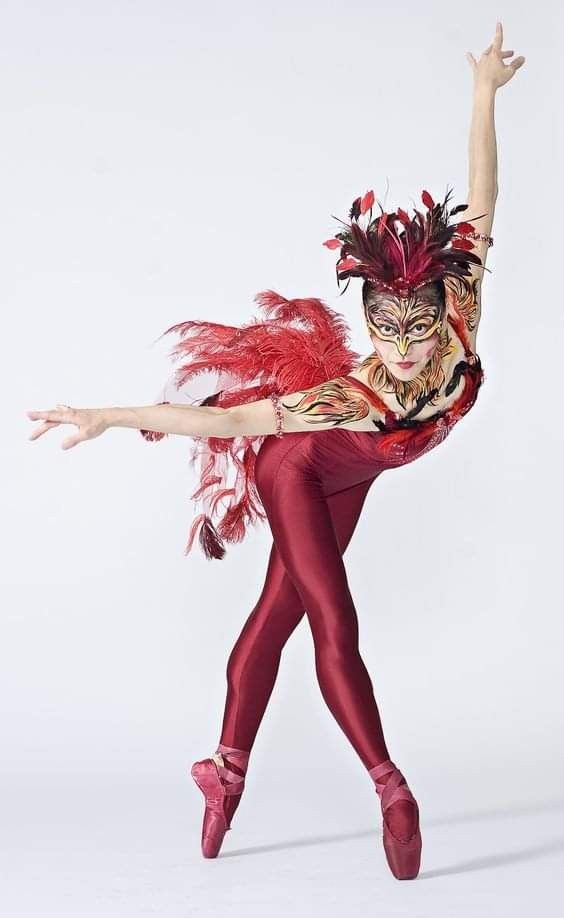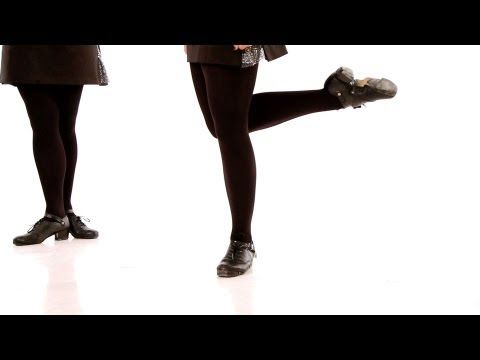How do we dance when the earth is turning
How can we dance while the earth is turning?
I’ve been taking more baths lately. I retire to the tub with a couple of books and my iPad and I try to focus on the former and ignore social media on the latter.
It’s getting harder and harder, but I try.
As I am typing this, we are waking up to Pentecost Sunday in an America ravaged by the twin plagues of COVID and police violence. Last night, cities were on fire. Chicago, my beloved home, was on fire.
How do we find the space to create something new in a world like this? What is the point?
As I am typing this, the bath is filling up again. I am going to retreat for a while, from my family, from my anxieties, from [gestures wildly] all of this. I am going to look for some balance in my body, and in my soul.
I recognize this is a great privilege.
I started taking more baths when the shelter-in-place orders went out for the city. At first, it seemed decadent. Later, as my body erupted with new and unexpected aches, it seemed more like a necessity.
Today, I think it’s an escape.
I heard somewhere that Douglas Adams, author of my favorite mis-labeled trilogy, The Hitch-Hiker’s Guide to the Galaxy, took a lot of baths. He used it as a means of coping with his constant and gnawing writers block. That makes native sense to me. A bath is the most wonderful of beards - it is a completely private rejuvenation that benefits from the cover of being a means of personal hygiene.
Nobody can blame you for just wanting to be a little more clean.
The voices in my head tell me that the time I take to write and do other creative activities is inherently selfish.
For many years, that voice kept me from doing those things. I believed it was more noble to leave projects unfinished, rather than take the space and time away from pedestrian activities to get them finished.
The selfishness of the creative act is balanced against the selfless aspects of it. The world needs ideas. The world needs beauty. Especially now.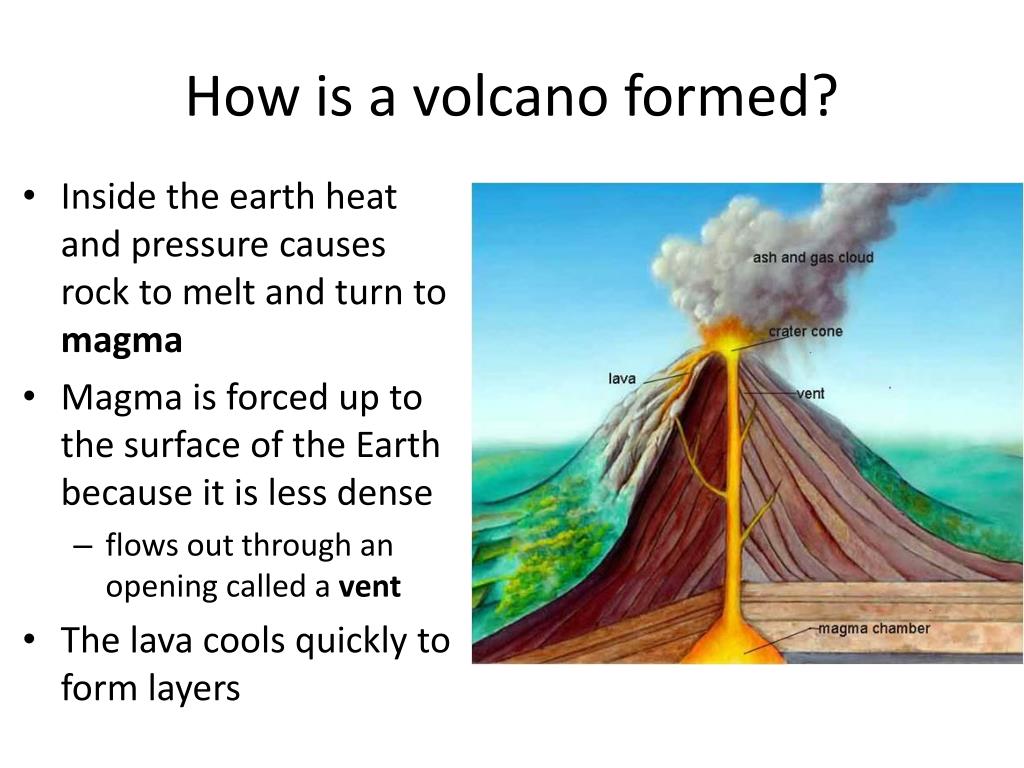
So I have had that Midnight Oil song in my head all day. The only one that really made a dent here in the states: Beds are Burning. I don’t even like the song, if I’m honest. But today, I think it asks the right questions.
How can we dance while our earth is turning?
How can we sleep while our beds are burning?
We are waking up to centuries of unfinished business. We are waking up to the illusions that the institutions—like the police and the government—that some of us thought were there to protect all of us, were in fact only there to protect a very few of us.
We are waking up to a world of pain and disruption. It’s devastating.
I am not a morning person, and waking up is hard. But here we are.
So we are waking up to the need to create something new. Something different.
We are waking up to the need to create something that will engage and uplift more of us, all of us.
I don’t know what it looks like, but I know a part of it is in me, and in you, and in them—near the surface, or deep down.
We need to dig, and believe, and create.
We feel blocked. We don’t know where to start. We feel tired.
We take a bath. We restore. We begin again.
Despite all evidence, we begin again.
Breathe. Bathe.
Build.
Build again.
And when you build, build strong.
Midnight Oil – “Beds Are Burning”
jfwoods Leave a comment“Beds are burning” by Midnight Oil is a political song which raises the issue of aboriginal land rights. Peter Garret, lead singer of Midnight Oil and political activist, sings the “Beds are burning” in such a way, so that connects with fellow Australians. To engage the audience, Garret uses a considerable number of metaphors, sings with a slightly frustrated tone, and performs abstract (to say the least) dance moves. He uses this frustrated tone to evoke frustrated emotions within the audience in the hope that they too will become frustrated at the unjust displacement of Australian aboriginals after white settlement.
Out where the river broke
The bloodwood and the desert oak
Holden wrecks and boiling diesels
Steam in forty five degrees
The first verse is setting the visual scene for the song, the scene being a typical Australian outback scene. The inclusion of Australian references (“Holden wrecks”, “desert oak”) draws attention from the Australian audience.
The time has come
To say fair’s fair
To pay the rent
To pay our share
The time has come
A fact’s a fact
It belongs to them
Let’s give it back
In the second verse there is an immediate sense of injustice, the sentences are short, and to the point.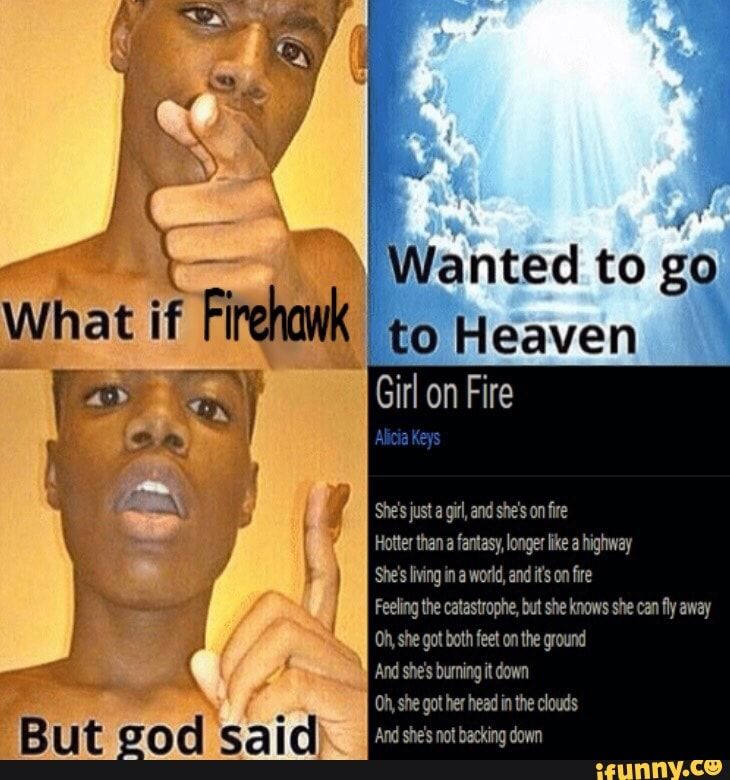 “The time has come” inclining that action is required immediately. “To say fairs fair” to admit that the displacement of Australian aboriginals is unjust. “To pay the rent” Australian society needs to accept the fact that Australian aboriginals are the original owners of this land, and we are not respecting their rights.
“The time has come” inclining that action is required immediately. “To say fairs fair” to admit that the displacement of Australian aboriginals is unjust. “To pay the rent” Australian society needs to accept the fact that Australian aboriginals are the original owners of this land, and we are not respecting their rights.
How can we dance
When our earth is turning
How do we sleep
While our beds are burning
How can we dance
When our earth is turning
How do we sleep
While our beds are burning
The use of metaphors is strong in the chorus, and the song as a whole. The metaphor “How can we dance when our earth is turning?” is implying how can we enjoy our life when the earth is changing so rapidly. “How can we sleep when our beds are burning?” this metaphorically suggest that we are able to sleep and ignore our problems when there is a major issue affecting ourselves personally and society as a whole.
The time has come
To say fair’s fair
To pay the rent
Now to pay our share
Compared to I was only 19, beds are burning includes more metaphors than straight down the line descriptive scenes, perhaps this is because it is more of a political song, and the issue of aboriginal land rights is more of a subjective issue for Australian society generally compared to the Vietnam war.
Four wheels scare the cockatoos
From Kintore East to Yuendemu
The western desert lives and breathes
In forty five degrees
This verse not only brings up aboriginal place names, “Kintore East to Yuendemu”, but as the verse is less metaphorical, gives the audience time to mentally digest the complex metaphors mentioned previously. The mention of the iconic Australian cockatoo bird reinforces the geographical referance
The time has come
To say fair’s fair
To pay the rent
To pay our share
The time has come
A fact’s a fact
It belongs to them
Let’s give it back
The repetition of verses is a common technique in this song, perhaps Garret is able to repeat his verses so often in this song because he is trying to communicate in a simple way to the audience.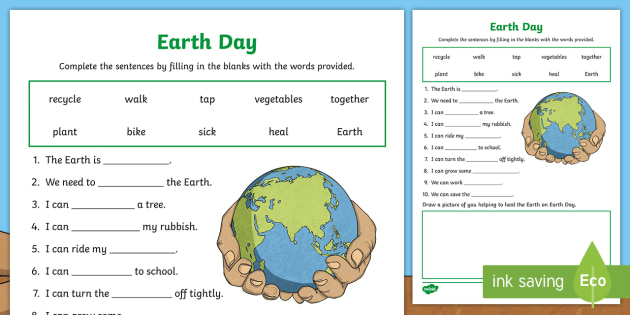
How can we dance
When our earth is turning
How do we sleep
While our beds are burning
How can we dance
When our earth is turning
How do we sleep
While our beds are burning
This verse is repeated heavily throughout the song, the repetition increases its emphasis, and also gives the audience time to understand the metaphor. Understated metaphors are very typical of Australian outback songs, and their recognition helps Australian readers relate to the subject matter or ideas.
The time has come
To say fair’s fair
To pay the rent now
To pay our share
The time has come
A fact’s a fact
It belongs to them
We’re gonna give it back
“a facts a fact”, “we’re gonna give it back” these short sentences seem more of an order rather than a suggestion, making it evident that Garret is desperate for change, to further this point, the song and this verse in particular is sung in a demanding tone.
How can we dance
When our earth is turning
How do we sleep
While our beds are burning
The song finishes on this verse to further solidify the metaphor in the audience. The constant repetition of the three key metaphors of the dancing natives, the turning earth, and the burning beds, help us as listeners to identify with the loss of a significant part of our national heritage. There is a sense of loss particularly reflected in the burning beds which captures the attention of people who haven’t thought about these ideas before, in a similar way to the personal lament captured in “I was only 19”.
Like this:
Like Loading...
Standard
How does the earth rotate? | Eternal questions | Q&A
Maria Chunikhina
Estimated reading time: 5 minutes
126437
Category: Cosmos
The earth does not stand still, but is in constant motion. Due to the fact that it revolves around the Sun, the planet undergoes a change of seasons. However, not everyone remembers that, flying around the heavenly body, the Earth still has time to spin around its own axis. It is this movement that causes the change of day and night outside the window and is called diurnal.
Due to the fact that it revolves around the Sun, the planet undergoes a change of seasons. However, not everyone remembers that, flying around the heavenly body, the Earth still has time to spin around its own axis. It is this movement that causes the change of day and night outside the window and is called diurnal.
Alexander Perkhnyak, an astrophysicist and employee of the Moscow Planetarium, helped AiF.ru to figure out how and at what speed the Earth rotates around the Sun and its axis.
Earth's movement around its axis
How does the Earth rotate around its axis?
During the rotation of the Earth around its axis*, only two points remain motionless: the North and South Poles. If you connect them with an imaginary line, you get the axis around which the Earth rotates. The Earth's axis is not perpendicular, but is at an angle of 23.5° to the Earth's orbit**.
How fast does the Earth rotate on its axis?
The earth rotates on its axis at a speed of 465 m/s, or 1,674 km/h. The farther from the equator***, the slower the planet's movement.
“Few people know that at a distance from the equator, the speed of the Earth's rotation becomes less. Visually it looks like this. The city of Quito is located near the equator line, which means that it and its inhabitants imperceptibly make a turn together with the Earth at a speed of 465 m/s. But the rotation speed of Muscovites living much north of the equator will be almost two times less: 260 m/s,” said Perkhnyak.
In which direction does the Earth rotate?
The Earth rotates around its axis from west to east. If you look at the Earth from above in the direction of the North Pole, then it will rotate counterclockwise.
Does the speed of the Earth around its axis change?
Yes, it changes. Every year, the Earth's course slows down by an average of 4 milliseconds.
“Astrophysicists attribute this phenomenon to the lunar attraction, which is known to affect the tides on our planet. So, when they occur, the Moon, as it were, tries to attract water to itself, moving it in the direction opposite to the course of the Earth. Due to this peculiar counteraction, an insignificant friction force arises at the bottom of the reservoirs, which, in accordance with the laws of physics, slows down the speed of the Earth. Slightly, only 4 milliseconds per year, ”Perkhnyak specified.
Movement of the Earth around the Sun
How does the Earth revolve around the Sun?
Our planet revolves around the Sun in an orbit with a length of more than 930 million km.
At what speed?
The Earth revolves around the Sun at a speed of 30 km/s, that is, 107,218 km/h.
How long does it take the Earth to complete one revolution around the Sun?
The Earth makes one complete revolution around the Sun in about 365 days.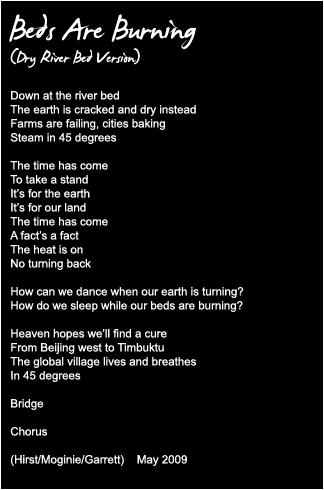 The time it takes for the Earth to completely revolve around the Sun is called a year.
The time it takes for the Earth to completely revolve around the Sun is called a year.
In which direction does the Earth move around the Sun?
The Earth rotates around the Sun from west to east, as well as around its own axis.
At what distance does the Earth revolve around the Sun?
The Earth revolves around the Sun at a distance of about 150 million km.
How do the seasons change?
During the rotation of the Earth around the Sun, its angle of inclination does not change. As a result, on one part of its trajectory, the Earth will be turned more towards the Sun by its lower half: the Southern Hemisphere, where summer comes. And at this time, the North Pole will be practically hidden from the sun: it means that winter is coming there. Twice a year, the Sun illuminates the Northern and Southern hemispheres approximately equally: this is the time of spring and autumn. These moments are also known as the spring and autumn equinoxes.
Why doesn't the Earth fall into the Sun?
“When the Earth revolves around the Sun, a centrifugal force is generated that constantly tries to push our planet away. But she won't be able to. And all because the Earth always moves around the star at the same speed and is at a safe distance from it, correlated with the centrifugal force with which they are trying to knock the Earth out of orbit. That is why the Earth does not fall on the Sun and does not fly away into space, but continues to move along a given trajectory,” said Alexander Perkhnyak.
But she won't be able to. And all because the Earth always moves around the star at the same speed and is at a safe distance from it, correlated with the centrifugal force with which they are trying to knock the Earth out of orbit. That is why the Earth does not fall on the Sun and does not fly away into space, but continues to move along a given trajectory,” said Alexander Perkhnyak.
*The Earth's axis is an imaginary straight line passing through the center of the Earth from the North Pole to the South Pole. The earth rotates around its own axis.
**Earth's orbit is the trajectory of the Earth around the Sun.
***The Equator is an imaginary line that divides the Earth into Northern and Southern hemispheres.
Views of the Earth from space. Unique photographs of the unique planet
The "Blue Ball" is by far the most detailed image of the Earth. The photo is stitched together from many images of the planet taken on January 24, 2012. © NASA
The sun rises over the Pacific Ocean, illuminating it. Photo taken by astronaut Reid Wiseman on September 2, 2014. © NASA
Photo taken by astronaut Reid Wiseman on September 2, 2014. © NASA
Photo taken at the International Space Station on December 7, 2014 by Flight Engineer Barry Whiolmore. The frame includes the Great Lakes, located in the central part of the United States. © NASA
Image of the Earth from the side of the Moon, taken by astronaut William Anders on December 24, 1968, during the Apollo 8 orbit around the Moon. © NASA
Expedition 32 crew aboard the International Space Station with the Aurora above the Earth in the background. Photo taken July 15, 2012. © NASA
An image of the Earth at night, composed of four photographs taken by the ESA OSIRIS space camera in April and October 2012. © NASA
Astronaut Samantha Cristoforetti photographed the International Space Station with the Gulf of Aden in Africa in the background. © NASA
Earth view from space. The photo includes Africa and its surrounding oceans, and tropical cyclone Joalane can also be seen over the Indian Ocean. Photo taken April 9, 2015. © NASA
The photo includes Africa and its surrounding oceans, and tropical cyclone Joalane can also be seen over the Indian Ocean. Photo taken April 9, 2015. © NASA
Aerial view of the Morenci Copper Mine in southeastern Arizona where gold was found in the 1860s but copper was found. © NASA
View of Earth from the window of the International Space Station. Photo taken June 12, 2013. © NASA
Views of the Earth from space. Unique photographs of the unique planet
The "Blue Ball" is by far the most detailed image of the Earth. The photo is stitched together from many images of the planet taken on January 24, 2012. © NASA
The sun rises over the Pacific Ocean, illuminating it. Photo taken by astronaut Reid Wiseman on September 2, 2014. © NASA
Photo taken at the International Space Station on December 7, 2014 by Flight Engineer Barry Whiolmore.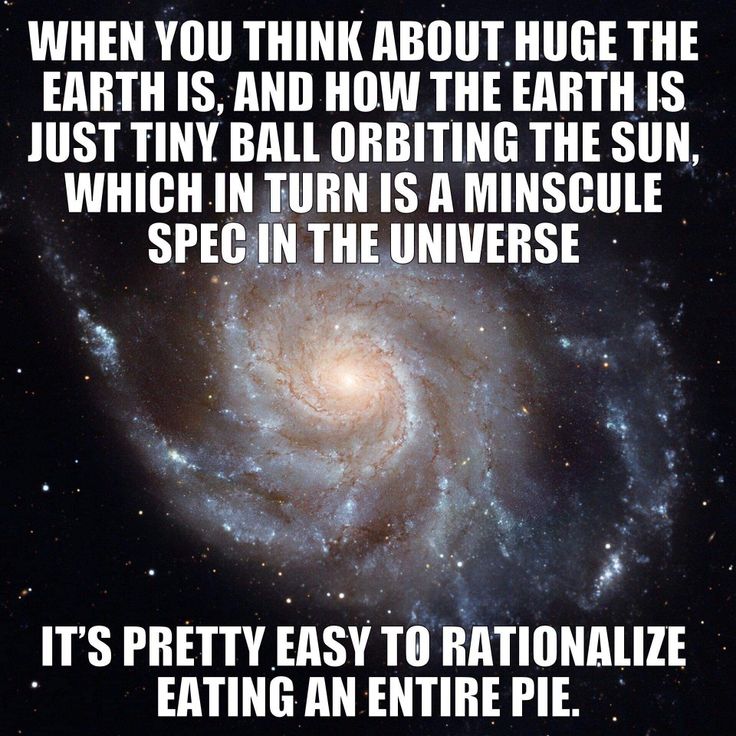 The frame includes the Great Lakes, located in the central part of the United States. © NASA
The frame includes the Great Lakes, located in the central part of the United States. © NASA
Photograph of the Earth from the side of the Moon, taken by astronaut William Anders on December 24, 1968, during the flight of the Apollo 8 spacecraft around the Moon. © NASA
The Expedition 32 crew aboard the International Space Station with the Southern Lights above Earth in the background. Photo taken July 15, 2012. © NASA
Image of Earth at night, composite of four photographs taken by the ESA OSIRIS space camera in April and October 2012. © NASA
Astronaut Samantha Cristoforetti photographed the International Space Station with the Gulf of Aden in Africa in the background. © NASA
View of Earth from space. The photo includes Africa and its surrounding oceans, and tropical cyclone Joalane can also be seen over the Indian Ocean. Photo taken April 9, 2015.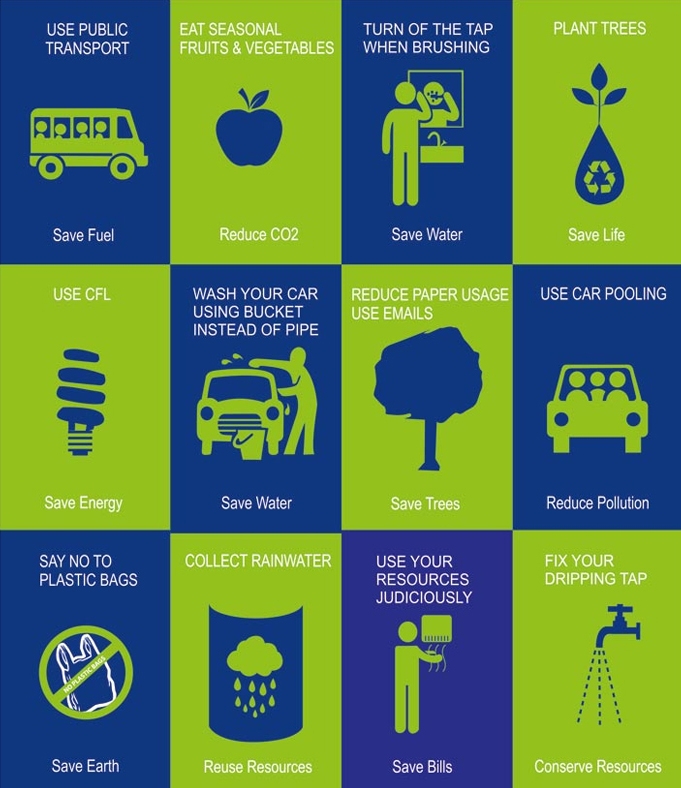 © NASA
© NASA
Aerial view of the Morenci Copper Mine in southeastern Arizona where gold was found in the 1860s but copper was found. © NASA
View of the Earth from the window of the International Space Station. Photo taken June 12, 2013. © NASA
astronomyEarth
Next article
The most interesting in social networks
Media news2
Nordic Walking now has its own anthem
We are pleased to announce that the Nordic Walking Anthem was adopted at the V All-Russian Nordic Walking Convention, which took place on March 20-21, 2021. The author of music and poetry is Mikhail Lazarev, Ph.D., professor at Moscow State Pedagogical University and a great fan of Nordic walking. Below is the text of the resolution on the adoption of the Anthem.
RESOLUTION V OF THE RNWA CONVENTION - RUSSIAN NATIONAL NORTIC WALKING ASSOCIATION
March 22, 2021
As part of the Convention, the participants were presented with the Anthem of Nordic Walking, authored by Mikhail Lazarev, Professor of Psychology, Moscow State University
After listening to the anthem, a discussion was held, during which the participants of the Convention noted a number of advantages of this piece.
Words:
Found a number of verbal images ("We dance as we go - we draw music", "The soul shines", "You are our path, and destiny!", "Hands are like strong wings", etc.), expressing essence of Nordic walking.
Music:
Music is light, life-affirming, full of optimism. Motivates for physical education and sports. It is well remembered, easy to sing by people of any age. Does not require special musical training. The musical tempo matches the Nordic walking tempo.
In general, the participants of the Convention noted that this anthem, taking into account the peculiarities of its music and words, can contribute to the mass involvement of the population in Nordic walking.
Decision of the participants of the Convention, adopted by direct vote unanimously:
1. Accept this Anthem of Nordic Walking (the author of words and music is Mikhail Lazarev) as the official anthem of the RNWA.
2. Perform the Nordic Walking Anthem at official RNWA events in all regions of the Russian Federation, as well as at foreign events in which Russian participants and athletes take part.
3. Based on the official permission of the author of the anthem (Lazarev M.L.) to place the soundtrack of the Anthem of Nordic Walking on the official website of the RNWA ("plus" and "minus" - with and without singing) for free download of the material by all interested parties, with unlimited the possibility of its further playback to the “plus” soundtrack, live performance to the “minus” soundtrack, as well as recording of singing to the “minus” soundtrack - at any events related to Nordic walking, without commercial use.
Nordic Walking Anthem (author of music and poetry - M.L. Lazarev)
1. We walk merrily, sing a song,
We are like cypresses - slender!
We dance on the go, draw music,
We are worthy of any praise!
Chorus:
And the earth under us spreads, spins, spins!
And the soul glows with happiness, glows!
You are our way and destiny -
Nordic walking!
Life, love and struggle -
Nordic walking.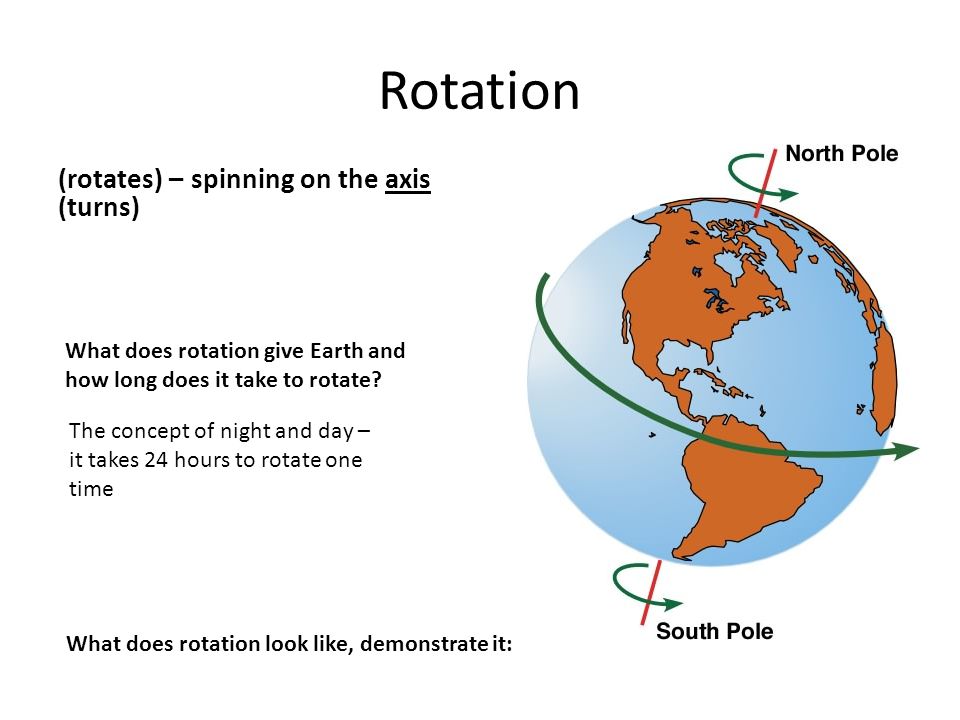
2. In the middle of nature, as if in a fashion house
Let's go bright and stylish!
We push the body up, take off like birds,
Hands are like strong wings!
Chorus:
And the earth under us spreads, spins, spins!
And the soul glows with happiness, glows!
You are our way and destiny -
Nordic walking!
Life, love and struggle -
Nordic walking.
3. Along animal paths, hills and hills,
While doing sports, we stomp!
And at the end of the hike, though the weather is bad,
We clap our favorites!
Chorus:
And the earth under us spreads, spins, spins!
And the soul glows with happiness, glows!
You are our way and destiny -
Nordic walking!
Life, love and struggle -
Nordic walking.
